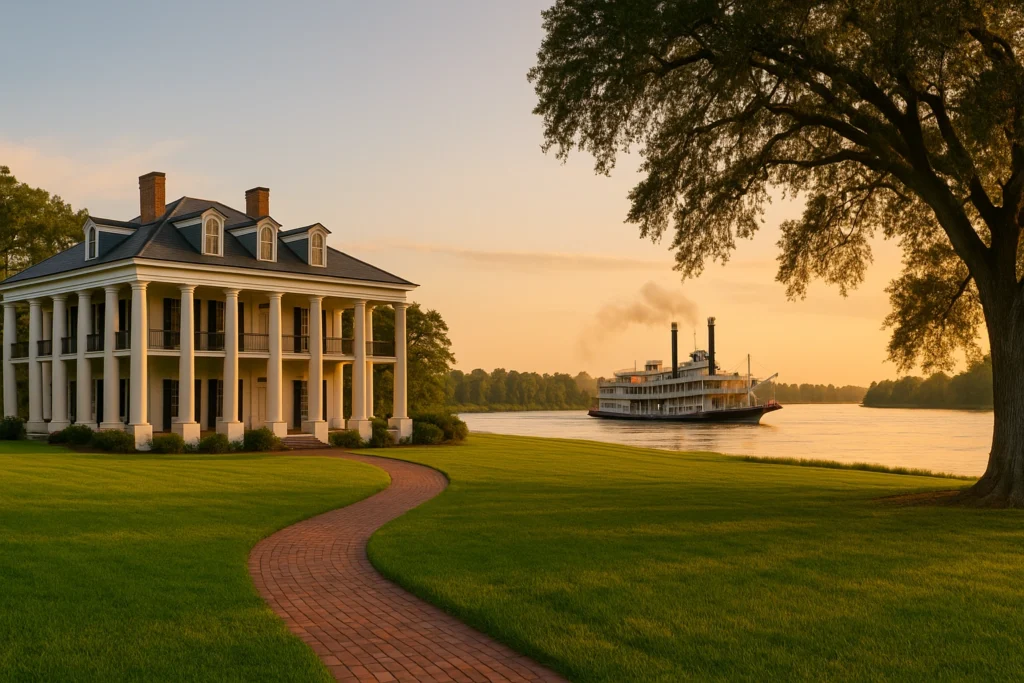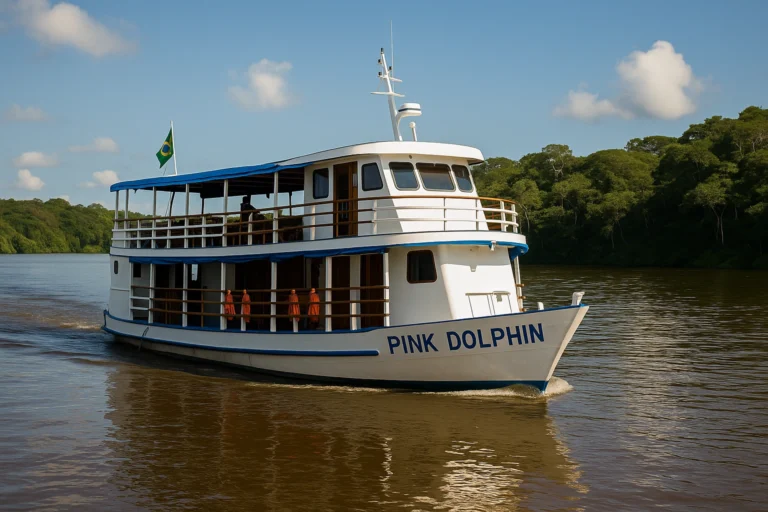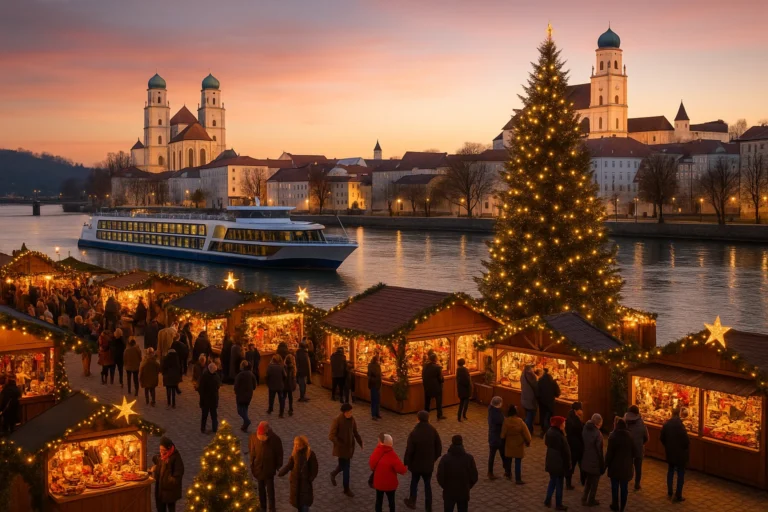Best Antebellum Plantation Stops on Mississippi Cruises
🏛️ Top Historic Plantation Stops on a Mississippi River Cruise 🌳
Exploring the magnificent antebellum plantations along the mighty Mississippi River is undeniably one of the most powerful and visually stunning components of a Southern river cruise. These historic estates, renowned for their grand, distinctive architecture, lush gardens, and complex legacy, offer a profound and multi-faceted understanding of American history, culture, and the lives—both privileged and tragically oppressed—that fundamentally shaped the Old South. A visit to these sites is not just a tour; it’s an immersive journey into a pivotal era.
📍 Top Plantation Stops Along the Mississippi River
Mississippi River cruises offer unparalleled access to some of the most iconic antebellum plantations, each with its own unique story and architectural marvels:
- Oak Alley Plantation – Vacherie, Louisiana: Perhaps the most photographed plantation in the South, Oak Alley is instantly recognizable by its breathtaking tunnel of 28 majestic 300-year-old live oak trees leading to the Greek Revival mansion. Guided tours typically cover the stunning “Big House” and also provide a crucial look into the lives of the enslaved people through dedicated exhibits, emphasizing the full historical context.
- Nottoway Plantation – White Castle, Louisiana: Standing as the largest remaining antebellum mansion in the South, Nottoway is an architectural masterpiece. This impressive estate boasts 64 rooms, including the iconic White Ballroom, and is filled with period furnishings that vividly capture the opulence and grandeur of the pre-Civil War era. Its sheer scale and intricate details are a testament to the wealth of the sugar barons.
- Stanton Hall – Natchez, Mississippi: Located in the charming historic city of Natchez, Stanton Hall is a massive Greek Revival mansion that remarkably spans an entire city block. Built in the 1850s, it is renowned for its lavish interiors, featuring exquisite Italian marble, ornate Parisian decor, and grand chandeliers, showcasing the extravagant tastes of its original owners.
- Rosalie Mansion – Natchez, Mississippi: A stately and elegant Federal-style home perched majestically overlooking the Mississippi River. Rosalie Mansion holds significant historical importance as it famously served as the Union Army’s headquarters during the Civil War occupation of Natchez. Today, it is meticulously preserved and open for historical tours, offering insights into both antebellum life and the tumultuous war years.
- Rosedown Plantation – St. Francisville, Louisiana: Beyond its impressive mansion, Rosedown is particularly celebrated for its meticulously maintained, expansive 8-acre gardens, which include 19th-century camellias and azaleas. The detailed interiors of the house, combined with the comprehensive garden tours, offer fascinating insights into antebellum horticulture, domestic life, and the daily routines of all who lived there.
- Dunleith Historic Inn – Natchez, Mississippi: Unique for its striking and rare circular colonnade that encircles the entire structure, Dunleith is an architectural gem. While it functions as a luxurious guesthouse, it also welcomes visitors for tours, allowing for an immersive experience in Southern elegance and hospitality.
- Lansdowne Plantation – Natchez, Mississippi: A true rarity, Lansdowne Plantation is a privately owned estate that has been passed down through generations of the same family. This allows visitors to experience a home that retains its original furnishings, family heirlooms, and even original wallpapers from the 1800s, offering an authentic glimpse into continuous Southern family life.
- Houmas House Plantation and Gardens – Darrow, Louisiana: Affectionately known as the “Sugar Palace,” Houmas House is a grand, beautifully restored mansion that once commanded a vast sugarcane empire. Today, visitors can explore its opulent interiors, wander through luxurious themed gardens, and discover artifacts that tell the story of the powerful sugar industry that shaped Louisiana.
🛳️ How to Visit These Plantations on a Cruise
The most convenient and enriching way to experience these iconic antebellum plantations is as part of a comprehensive Mississippi River cruise itinerary. Most major cruise lines operating on the lower Mississippi, especially those sailing routes between **Natchez and New Orleans** (or vice-versa), include guided excursions to several of these historic estates as part of their standard packages.
Guests typically enjoy professionally led walking tours of the mansions and grounds, often enhanced by costumed reenactments, insightful heritage talks, and discussions that delve into both the grandeur and the somber realities of plantation life. Many tours also provide dedicated time for guests to explore the estates at their own pace, allowing for personal reflection and photography.
📅 When to Cruise for the Best Experience
The ideal time to embark on a Mississippi River cruise with a focus on antebellum plantations is during the **shoulder seasons of spring (March–May) and fall (September–November)**. During these periods, the weather is beautifully mild and comfortable, making shore excursions a delight. Spring brings lush landscapes and vibrant blooms to the gardens, while fall offers cooler temperatures and often stunning autumnal colors along the riverbanks. These seasons also typically feature fewer crowds compared to the hot and humid summer months, allowing for a more serene and intimate exploration of these historically significant sites.
⚠️ A Note on Respect and Historical Context
It is crucial to approach visits to these antebellum plantations with a respectful and nuanced understanding of their full historical context. These estates are powerful symbols of both the architectural grandeur and social complexities of the Old South, but they are inextricably linked to the tragic and inhumane legacy of slavery. While admiring the beauty of the mansions and gardens, it is profoundly important to acknowledge and honor the enslaved individuals who built, maintained, and suffered on these lands. Many plantations are now actively working to tell the stories of the enslaved more fully and accurately, providing a more complete and challenging narrative. Engaging with these narratives is essential for a truly meaningful visit.
Have you visited any of these historic plantations?
Share your experiences, favorite stops, or impressions and reflections in the comments below. We’d love to hear your perspective and insights on these important historical sites! 👇









